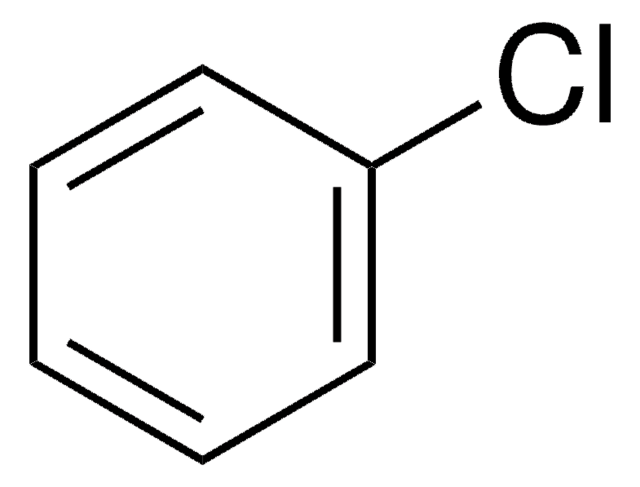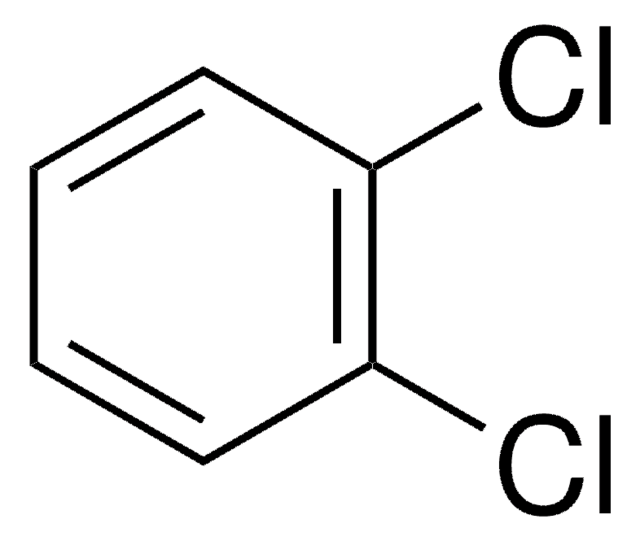250295
1,8-Diiodooctane
98%, contains copper as stabilizer
Synonym(s):
Octamethylene diiodide
About This Item
Recommended Products
Assay
98%
form
liquid
contains
copper as stabilizer
refractive index
n20/D 1.5653 (lit.)
bp
167-169 °C/6 mmHg (lit.)
density
1.84 g/mL at 25 °C (lit.)
SMILES string
ICCCCCCCCI
InChI
1S/C8H16I2/c9-7-5-3-1-2-4-6-8-10/h1-8H2
InChI key
KZDTZHQLABJVLE-UHFFFAOYSA-N
Looking for similar products? Visit Product Comparison Guide
Related Categories
Application
- to improve the morphology and the efficiency of bulk heterojunctions solar cells, based on the regioregular poly(3-hexylthiophene) and a soluble fullerene derivative
- to improve the power conversion efficiency of polymer solar cells
Hazard Statements
Precautionary Statements
Hazard Classifications
Aquatic Chronic 4
Storage Class Code
10 - Combustible liquids
WGK
WGK 3
Flash Point(F)
235.4 °F - closed cup
Flash Point(C)
113 °C - closed cup
Personal Protective Equipment
Certificates of Analysis (COA)
Search for Certificates of Analysis (COA) by entering the products Lot/Batch Number. Lot and Batch Numbers can be found on a product’s label following the words ‘Lot’ or ‘Batch’.
Already Own This Product?
Find documentation for the products that you have recently purchased in the Document Library.
Customers Also Viewed
Our team of scientists has experience in all areas of research including Life Science, Material Science, Chemical Synthesis, Chromatography, Analytical and many others.
Contact Technical Service












